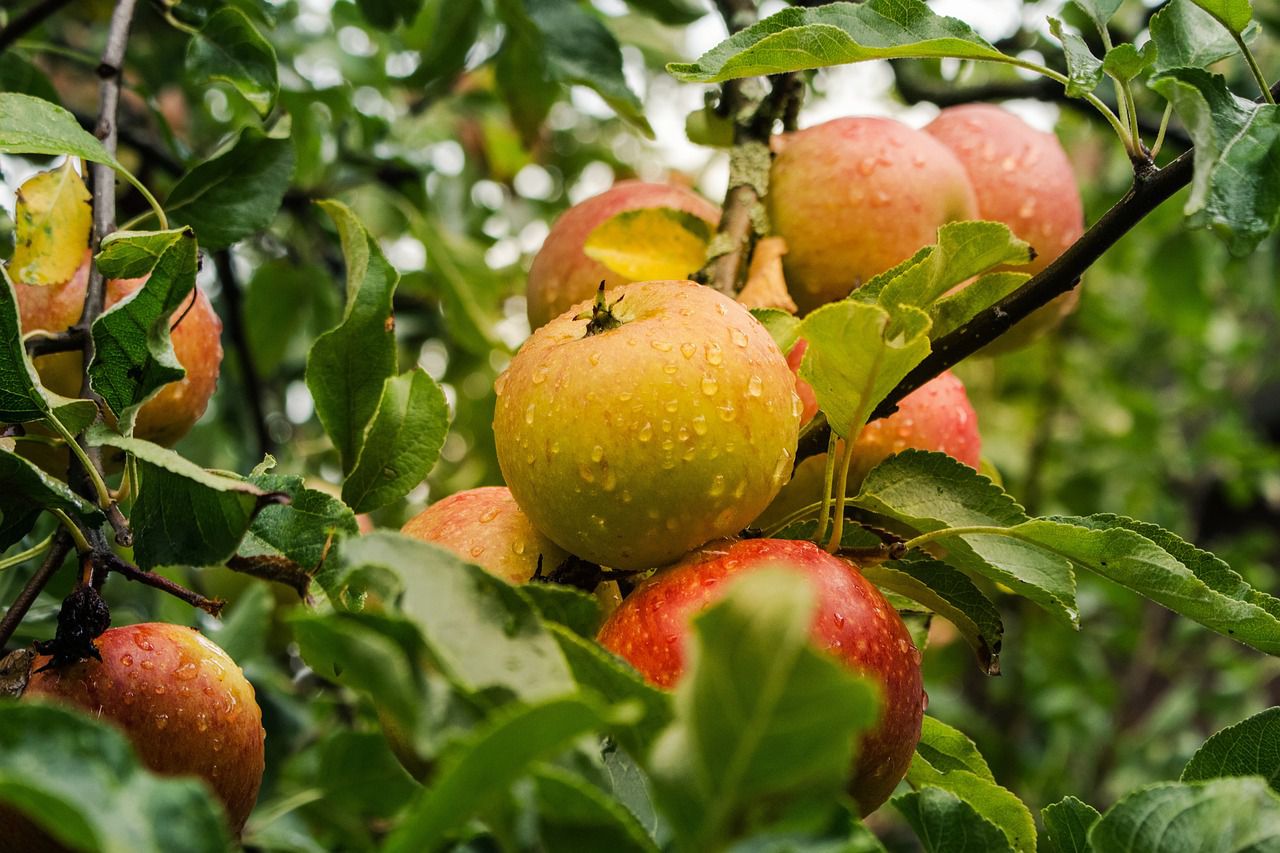Self-pollinated plants, also known as self-pollinators or self-fertile plants, have several advantages that make them great choices for gardening.
These plants have the ability to produce seeds and fruits by pollinating themselves, without the need for external pollen from other plants.
Here are some reasons why self-pollinated plants are beneficial for gardening.
Ease of Pollination
Self-pollinating plants do not rely on wind or pollinators like bees or insects to transfer pollen between flowers.
This makes the pollination process more reliable and efficient, ensuring a higher chance of successful fruit set.

Space Efficiency
In a small garden or limited space, self-pollinated plants are advantageous since you can grow a single plant without the need for multiple plants of the same species for cross-pollination.
Consistent Fruit Production
Self-pollinating plants tend to produce fruit more consistently, even in isolation, because they can complete the pollination process on their own.
Fewer Pest and Disease Risks
Since self-pollinating plants do not rely on external pollinators, they are less susceptible to diseases and pests that can be transmitted through pollinators.
Control over Seed Saving
For gardeners interested in seed-saving, self-pollinating plants are ideal because they produce seeds that will grow true to the parent plant's characteristics without cross-pollination.
Continuous Harvest
Self-pollinating plants can produce multiple harvests throughout the growing season, providing a steady supply of fresh produce for the gardener.
Adaptability
Self-pollinating plants often have a higher degree of adaptability to different environmental conditions, making them suitable for various climates and gardening regions.









